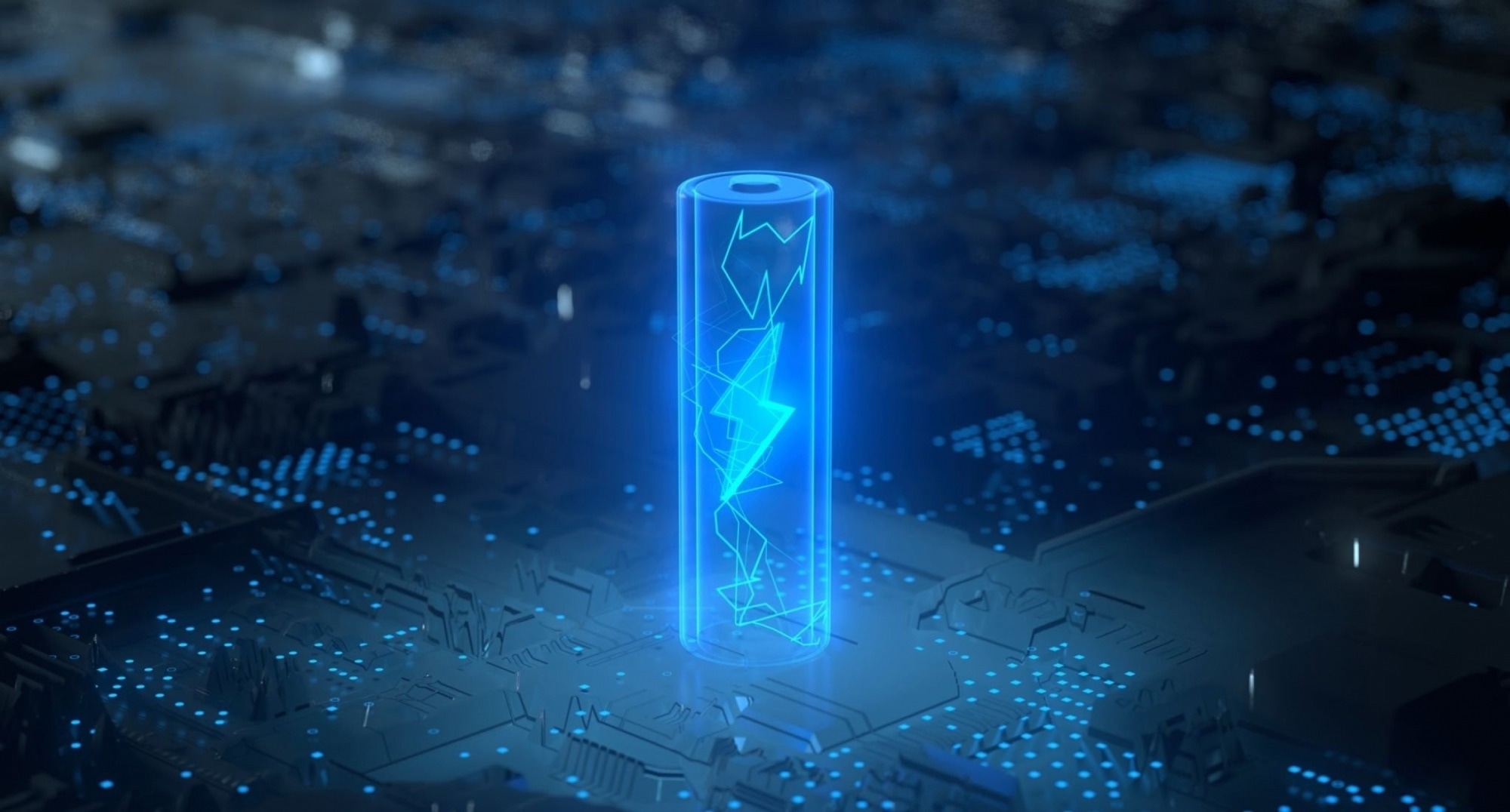Reviewed by Lexie CornerFeb 28 2025
According to a study published in Advanced Energy Materials, University of Missouri Assistant Professor Matthias Young and his colleagues are exploring methods to develop solid-state batteries that are safer and more energy-efficient than liquid or gel-based alternatives.
 Image Credit: Just_Super/Shutterstock.com
Image Credit: Just_Super/Shutterstock.com
Traditional lithium-ion batteries, which charge quickly and store a large amount of energy, power devices ranging from wireless earbuds to electric cars. However, they rely on a liquid electrolyte solution, which can catch fire if damaged or overheated.
Researchers at the University of Missouri may have found a solution.
When the solid electrolyte touches the cathode, it reacts and forms an interphase layer that’s about 100 nanometers thick - 1,000 times smaller than the width of a single human hair. This layer blocks the lithium ions and electrons from moving easily, increasing resistance and hurting battery performance.
Matthias Young, Assistant Professor, University of Missouri
For nearly ten years, scientists have struggled to understand the challenges with solid-state batteries and find solutions.
Young’s team tackled the issue by gaining a deeper understanding of the underlying cause.
In a significant breakthrough, the researchers used four-dimensional scanning transmission electron microscopy (4D STEM) to analyze the battery's atomic structure without disassembling it. This innovative approach gave them a fundamental understanding of the chemical reactions inside the battery, leading them to conclude that the interphase layer was the cause.
A Potential Solution
Young’s lab focuses on thin films created using oxidative molecular layer deposition (oMLD), a vapor-phase deposition technique. To prevent reactions between the solid electrolyte and cathode materials, he plans to investigate whether the thin-film materials in his lab can provide protective coatings.
Young added, “The coatings need to be thin enough to prevent reactions but not so thick that they block lithium-ion flow. We aim to maintain the high-performance characteristics of the solid electrolyte and cathode materials. Our goal is to use these materials together without sacrificing their performance for the sake of compatibility.”
This carefully designed approach at the nanoscale level aims to ensure that these materials work together effectively, bringing solid-state batteries closer to reality.
What Are the Latest Innovations in Solid-State Battery Technologies?
Journal Reference:
Paranamana, N. C. et. al. (2025) Understanding Cathode–Electrolyte Interphase Formation in Solid State Li-Ion Batteries via 4D-STEM. Advanced Energy Materials. doi.org/10.1002/aenm.202403904